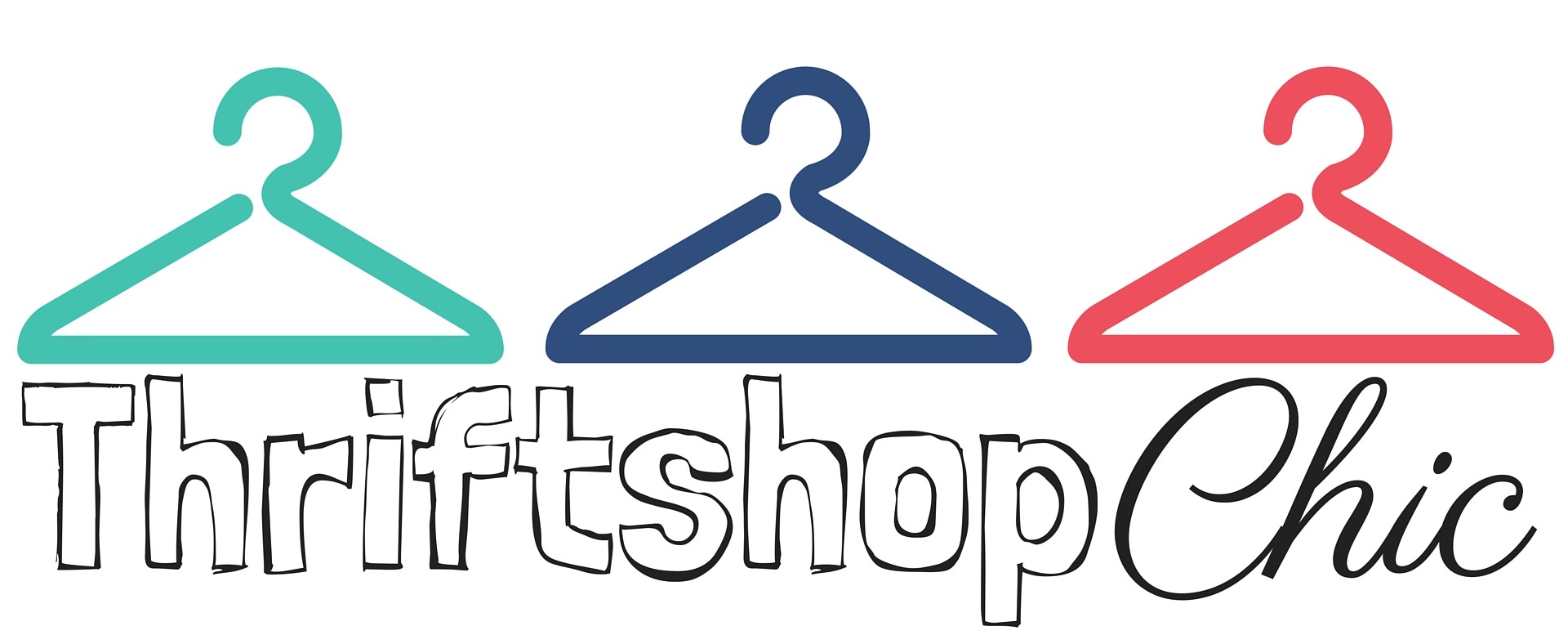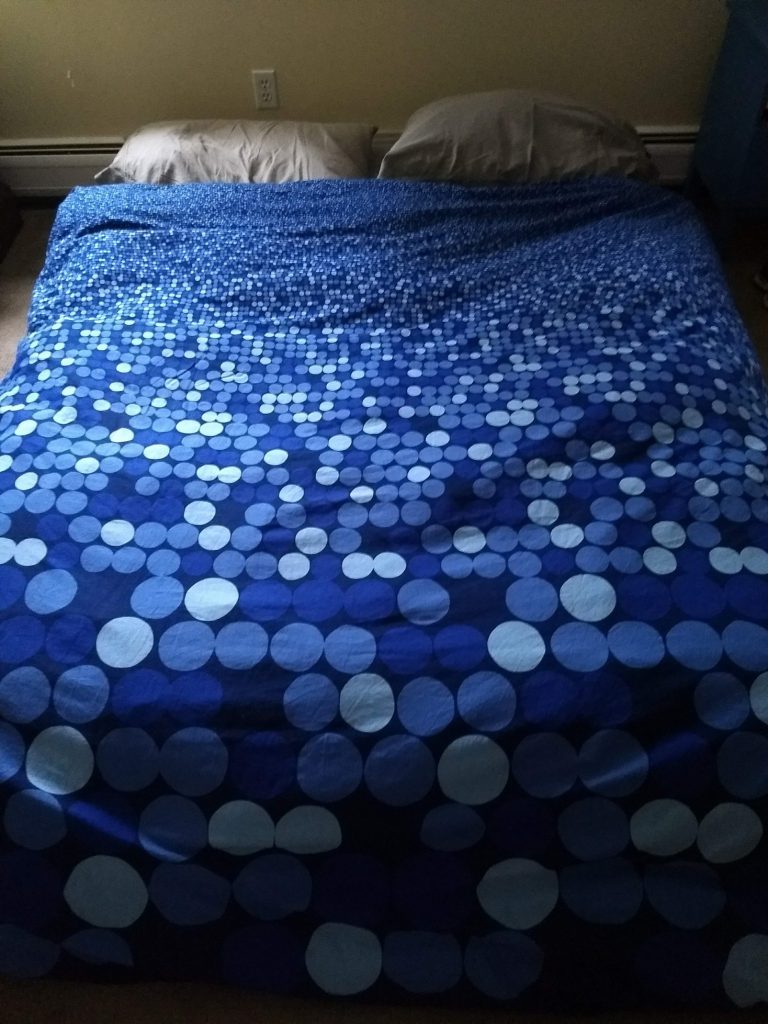Happy New Year, Thrifters!
The babe is here and I’m on maternity leave. Mostly this leaves me with not a lot of time to do things – my hours are taken up with nursing, laundry, napping, trying to entertain two kids, and showering (if I’m lucky!). But that leaves me a surprising amount of time to think while my body is otherwise engaged. Part of what I’ve been thinking about a style shift: what exactly I’m gravitating towards these days (vs. what I’ve always done) and how to incorporate it in into my wardrobe, particularly given that my body is still changing, I don’t have a ton of time to thrift (yet), and I’d like to pare down to even fewer, but more beloved, pieces.
Here’s what I’ve been chewing on during maternity leave as I mull over all of this. Hopefully you’ll find some of it interesting food for thought as well!
Tidying Up with Marie Kondo on Netflix
KonMari’s tidying makeover show is exactly my kind of reality TV. In a similar vein with the Great British Bakeoff and Queer Eye, Tidying Up is a feel-good show that makes you want to root for the protagonists, even as they struggle along the way to change their relationship to their stuff. But unlike GBBO and Queer Eye, which focus on baking (NOT my strong suit – I always ruin cookies) and whole-life makeovers (ain’t got the time, interest, or money), Tidying Up gave me an inspiring boost to do something similar in my own life. As I’m usually either nursing, playing dinosaurs, or shoveling laundry into the dryer, that boost has so far led to mental evaluation of my wardrobe, not physical cleanout. But just wait ’til the kids are both sleeping at the same time (and I’ve finished a 20 minute nap) – I’m comin’ for ya, closet!
Closet Makeover with Shira Gill
I received some extra money at the end of the year and decided to use it to pay the early bird registration fee for Shira Gill’s Closet Makeover program (it was just under $200; now it’s $249). For a blogger billing myself as “building a stylishly edited closet from thrift store finds” – emphasis on the edited – I could see myself feeling a bit embarrassed to be paying someone else to help me sort through my closet. But I don’t – because the at-your-own pace program feels like a fun way to do something entirely non-work focused with my time away, another way I can be using my brain creatively while loading the dishwasher (again).
I’m also looking forward to the live Q&A calls (for which you can post questions ahead of time and which you can watch afterwards, another great flexibility for someone who doesn’t know what time her newborn will be up or asleep) and to the Facebook community because if I love anything more than organizing/editing my own closet, it’s watching other people edit/organize their closets (which is why I so enjoy watching Marie Kondo in action). It’s just so…satisfying for the part of me that feels refreshed by clean, lovely, bright spaces. Shira’s styling aesthetic (featured prominently on her website and Instagram) also checks that box for me and adds to the appeal of the course. I’ll let you know how it goes.
Women in Clothes by Sheila Heti, Heidi Julavits, and Leanne Shapton
In the completely free category, I checked out the e-book version of Women in Clothes from my local library. (Thank you Overdrive!) When Kelly of Alterations Needed mentioned it on her Instagram account, it sounded like an intriguing anthropological glimpse into women’s lives and relationship to their clothes – and indeed, it is. The authors asked women from all over and with many different backgrounds a series of questions, and as I read through them I’m starting to ask myself the same questions and find some intriguing answers that are helping to shape my style shift. If you like reading style profiles, particularly ones that are savvy about issues of race, gender, and culture, I highly recommend it.
Here’s my favorite quotation so far, from survey respondent Liane Balaban:
“Dressing is about helping yourself do the work you were put on the earth to do. Everyone has their own relationship to beauty, but I would say: Don’t be obvious. Try not to buy things that are mass-produced. Flea markets, church bazaars, or local boutiques are good. Curate rather than shop. Your wardrobe should be a collection of beloved pieces you wear for decades. When you witness beauty, it’s visceral – there is no second guessing it. Plato says that feeling of absolute knowing can inspire the beholder to quest after similar revelation in other disciplines of life – poetry or music or science, for example. The ultimate experience of eros, then, is one that inspires you to live in a questioning, questing way, seeking truth in all areas of life. Ergo, true beauty turns you into a philosopher!”
“Curate rather than shop” really sticks out to me – having a vision instead of just grazing is an excellent way to approach thrifting or an edited closet – as does the idea of visceral beauty (like when you find a signature piece that’s outside your usual style but just sings to you).
What have you been reading/watching/going through lately? Anything to recommend?



